
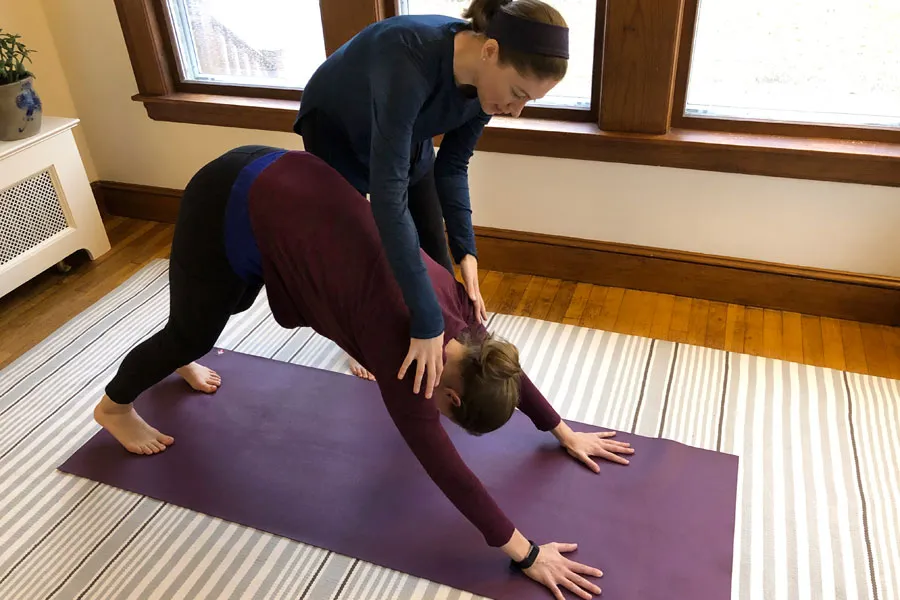
There is a huge difference between modern yoga that most of the Western world has become accustomed to and traditional yoga, which sticks to the cultural and ancient practices derived from India.
Neither form is wrong, but if you’re only taking part in modern, Westernized yoga, you’re probably missing out on a lot of the non-fitness related benefits yoga has to offer!
And that makes us sad. Because here at MyYogaTeacher, we care about your whole health and wellness, not just the physical part.
Not to mention, your physical, mental, and emotional health work together for your good (or to your detriment).
The experienced, expert yoga teachers at MyYogaTeacher all teach from the roots of yoga and tradition. And they are not just invested in your yoga journey. They’re invested in you. Your health, life, goals, successes and failures.
We walk alongside our students, helping them in more than just their yoga practice. Because humans were built for connection. They were not built to do this life (or yoga) on their own.
If you haven’t experienced virtual private yoga classes yet, MyYogaTeacher makes 1:1 classes affordable and accessible! PLUS, with your membership, you get:
Grab your 2-week free trial and check out your membership options here!
And read on about the key differences between modern and traditional yoga and why they’re important.
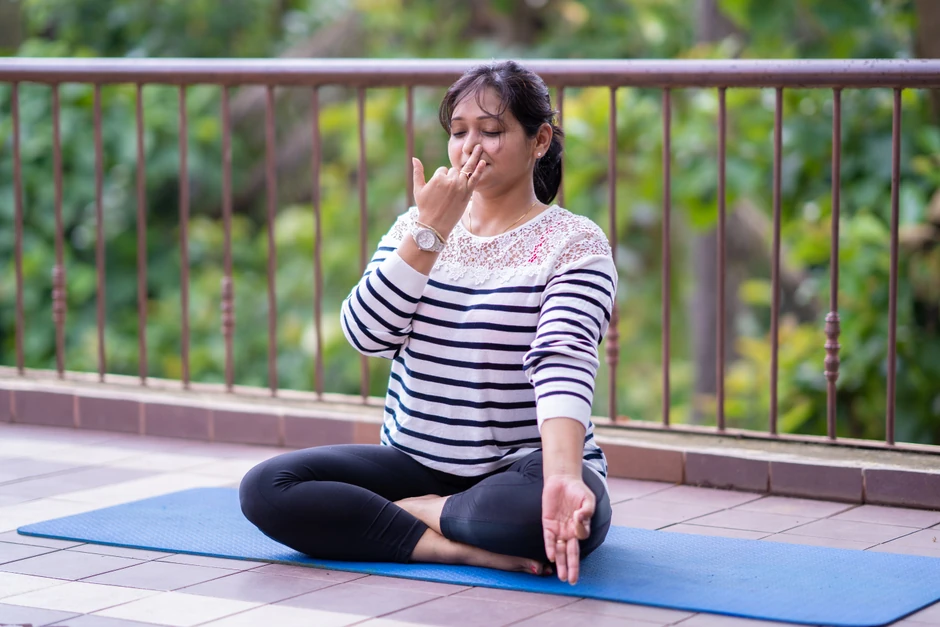
The Western world of yoga is primarily focused on fitness.
Yes, many yogis (if not most) understand that yoga makes them feel good – calmer, lighter, better. But the primary goal for yogis who practice modern yoga is to brcome stronger, more flexible, and to have better fitness.
Which is great!
What you’re missing out on:
Traditional yoga isn’t about having or not having a certain religion or set of beliefs. It’s not about finding god or becoming Buddhist, as some may have you believe.
Traditional yoga is about becoming more self-aware, centered, and present in each moment. It’s about being in harmony with your inner and outer world so you can create a better world for yourself.
It’s also about developing more focus, concentration, relieving stress, learning how to reduce anxiety, depression, fear.
And traditional yoga is about better physical health.

Another key difference between modern yoga and traditional yoga is how we approach it.
Modern yoga classes tend to be one to one and a half hours long, sometimes even less than an hour. There’s usually a bit of a warm up, the class itself, and ends with savasana (corpse pose). You might lie there for a couple of minutes and then get up and go about your day.
Western yoga is generally practiced 1-3 times a week. Similarly to any other regular fitness class one may participate in.
What you’re missing out on:
Traditional yoga is very different. Because traditional yoga is rooted in thousands of years of culture and, of course, tradition, it incorporates all of that history and knowledge into everyday life.
In other words, traditional yoga isn’t a practice per se. It’s a lifestyle. Yes, you participate in classes, but you will also use yogic breathing techniques, yoga stretches, mindfulness, and self-love practices all throughout your day and week. Because as you grow in your traditional yoga journey, you will be equipped with more and more tools to use to live your very best life.
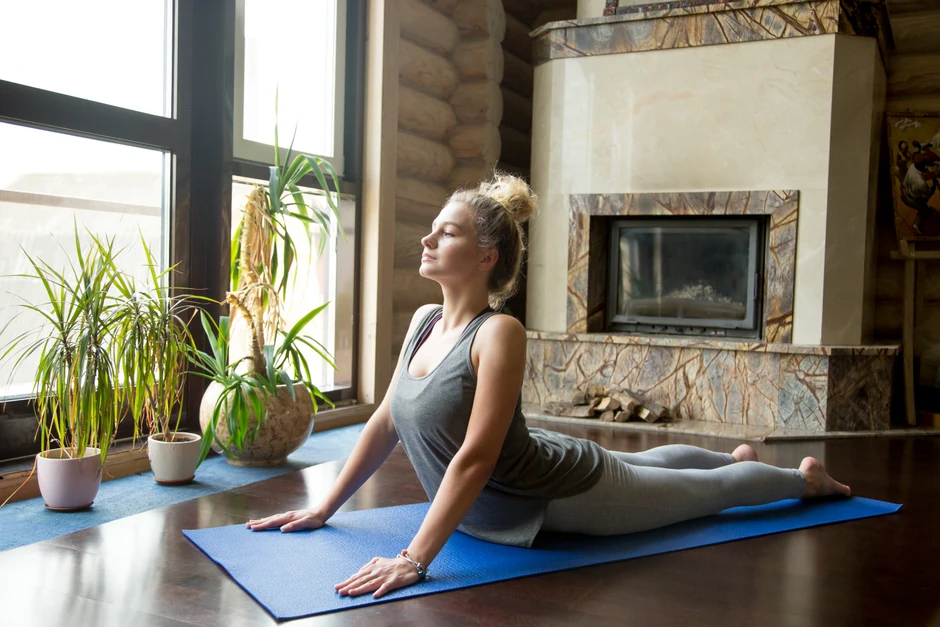
A Western yoga practice or class will most certainly begin with asanas or poses. Maybe you get a yoga teacher who encourages you to set an intention for your practice. Maybe not. Either way, the mindset from the beginning is physical. And physical only.
What you’re missing out on:
Traditional yoga classes are challenging, if not more so, than modern yoga classes because they don’t usually start with asanas and because once you get to the physical aspect of yoga, you are mentally and emotionally more prepared to work hard.
You’ll see and feel better alignment and use your muscles differently because you’re more mindful of what’s going on in your body.
In a traditional yoga practice, you may begin with a guided meditation, some yogic breathing, and/or you may be encouraged to ground yourself in the present. Setting an intention before beginning the practice is also common. Sometimes you may even begin with some chanting.
Also, traditional yoga teachers (like the ones from India that we have at MyYogaTeacher) don’t just instruct on how to chant, breathe, or ground yourself. They teach you why it’s important and what its purpose is.
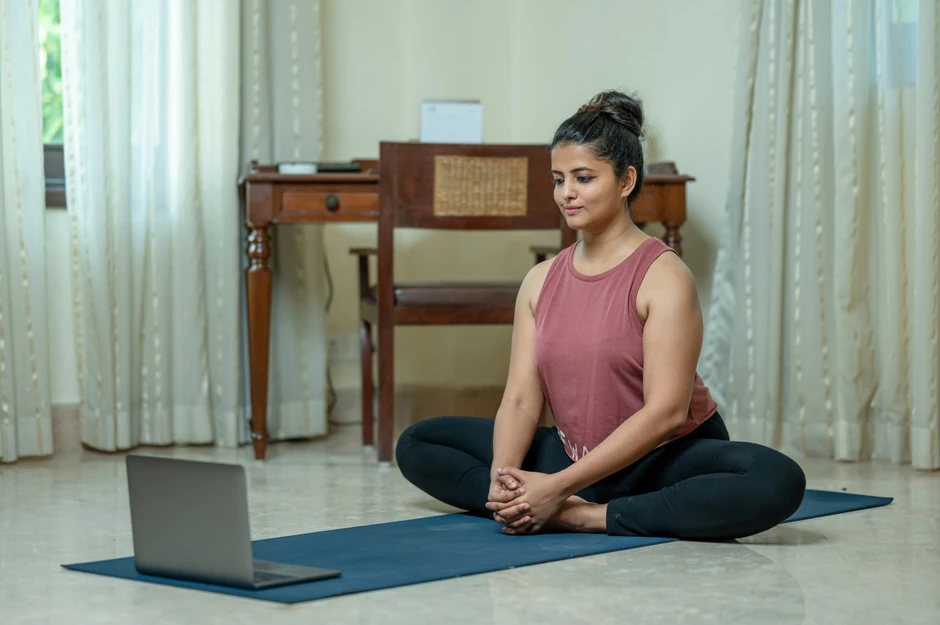
The ancient, traditional practice of yoga was, and still is, about gleaning wisdom and knowledge from those who came before us. It’s about seeking enlightenment and becoming your highest self.
Traditional yoga has never been about greed or money. The perfect yoga outfit, the highest dollar yoga mat, or the newest, most amazing yoga product has never been a part of this type of yoga practice.
Modern yoga, unfortunately, tends to thrive on fancy retreats, high end yoga studios that sell smoothies and sweatpants, and overpriced workshops. It’s often taught by a yoga instructor who has very little, or the bare minimum, yoga instruction experience.
Not always. But often.
Westernized yoga isn’t focused on purity, ethics, and morals like traditional yoga is. Modern yoga is a money maker.
And while, there is absolutely nothing wrong with making money or seeking to make money, that is simply not what yoga was ever originally designed to do.
Yoga was created to help people be better humans. And it doesn’t need to cost a lot of money to do that.
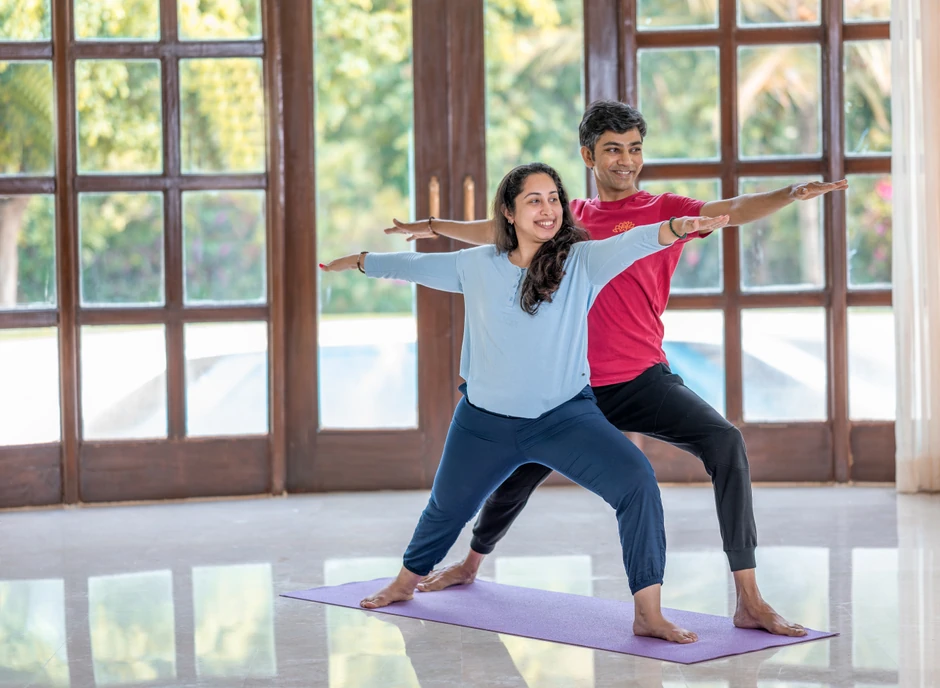
Modern yoga teachers are great! They are usually very physically fit and know a lot about the human body, seeing as anatomy and physiology is a part of almost every yoga teacher training course.
On top of that, many modern yoga teachers are physical trainers or fitness instructors for other types of classes. You’ll definitely get a good work out!
What you’re missing out on:
The role of a traditional yoga teacher is a stark contrast to that of a modern yoga teacher. Traditional yoga teachers are dedicated yoga practitioners. They typically do not participate in teaching various other types of fitness classes but rather continue to grow in their own yoga practice.
There is never an end to advancing your yoga practice! Not even for traditional yoga teachers.
Traditional yoga teachers take a vested interest in their yogi students, guiding them in their practice both on and off the mat. Helping them create a yoga lifestyle that benefits their whole body health.
They’re more like a life mentor, or, on occasion a yoga master you can continue to learn from throughout the years.
At MyYogaTeacher, we practice and teach traditional yoga because the mission of our online studio is to help people physically, mentally, and emotionally. Our amazing, expert yoga instructors from India are beautiful souls who come to each class with compassion, knowledge, wisdom, and the desire to be a part of your life while teaching you how to become enlightened, self aware, and in harmony with yourself and others.
Our private yoga instructors are all about giving yogis individualized attention, focused instruction, and modified poses that keep yogis coming back for more every week. MyYogaTeacher yoga teachers are highly experienced, expert yoga instructors who offer 1-on-1 yoga classes for people just like you!
When you sign up for a 1:1 membership with us you get:
If you haven’t checked us out already, grab two free 1:1 sessions with your 2-week free trial here!

Receive personalized guidance tailored to your unique fitness goals, live with a dedicated coach—no credit card required.